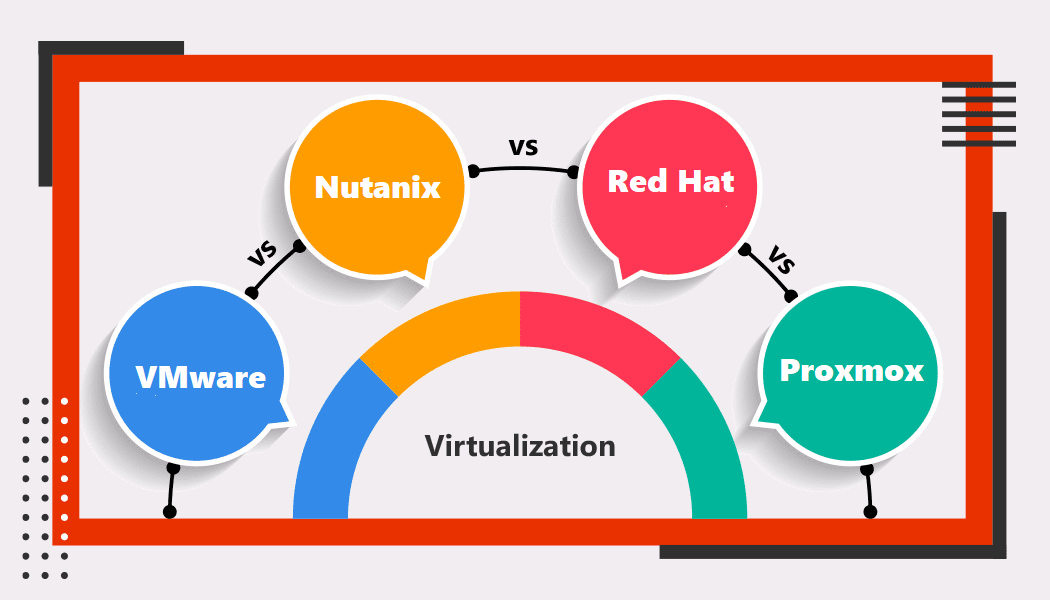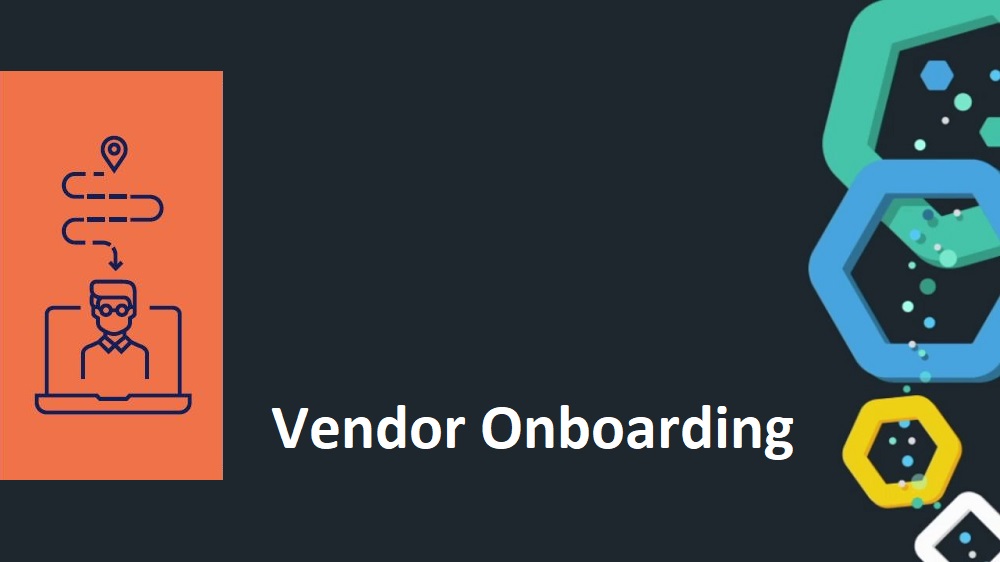
This was bound to happen sooner or later; if not Broadcom, some other entity would have acquired VMware. Now that the honeymoon period of perpetual licensing is over, we need to invest some thought into the future roadmap, existing landscape, and alternate strategies to choose from.
The only problem with the VMware stack at this juncture is the inflated subscription cost and the unpredictability that comes with any acquisition. To address this, we must understand if it’s a business-critical load or a generic one. If it’s a business-critical load and you have already estimated the opportunity cost, it becomes straightforward. Add the opportunity cost to your previous year’s renewal cost. If this total is more than your current inflated VMware subscription cost, then go ahead and renew the VMware stack. Calculating the opportunity cost of business continuity is tricky but not difficult.
VMware cost of subscription < (last year’s renewal cost + Opportunity cost of business discontinuity)
The problem arises when the subscription cost of VMware exceeds the previous renewal cost plus your opportunity cost of business. In this case, you should look for alternatives. Approach Nutanix or Red Hat first, get their subscription pricing, and add the cost of migration, additional resource costs, and the cost of uncertainty (the most difficult to estimate). If this total cost is still less than the cost of last year’s VMware renewal, then opt for Nutanix or Red Hat. I mention Nutanix and Red Hat because they currently have good enterprise-level penetration and trained engineers available to support your endeavour. Subscription models are here to stay. I’m not suggesting Proxmox or any other solutions, not because of technical competence, but due to the lack of infrastructure support and resource pool availability for mission-critical workloads and deployments.
Nutanix cost of subscription + cost of migration + cost of additional resources + opportunity cost of business continuity < VMware subscription cost
Truly speaking, for critical brownfield DC/DR facilities, only Nutanix and Red Hat are equipped enough to address the workload; successfully migrating the entire workload is another story altogether.
For brownfield operations, Nutanix and Red Hat are good options, but again, they are also subscription-based. Despite this, you now have two enterprise alternatives compared to one. For greenfield options, the decision may be a bit easier. Whether it’s low or high criticality, one can begin with either open-source or off-the-shelf products, and in both cases, there will be a learning curve.
To conclude, I would like to quote Charles De Gaulle: “The graveyards are full of indispensable people,” and extend the analogy to the technology world as well.





